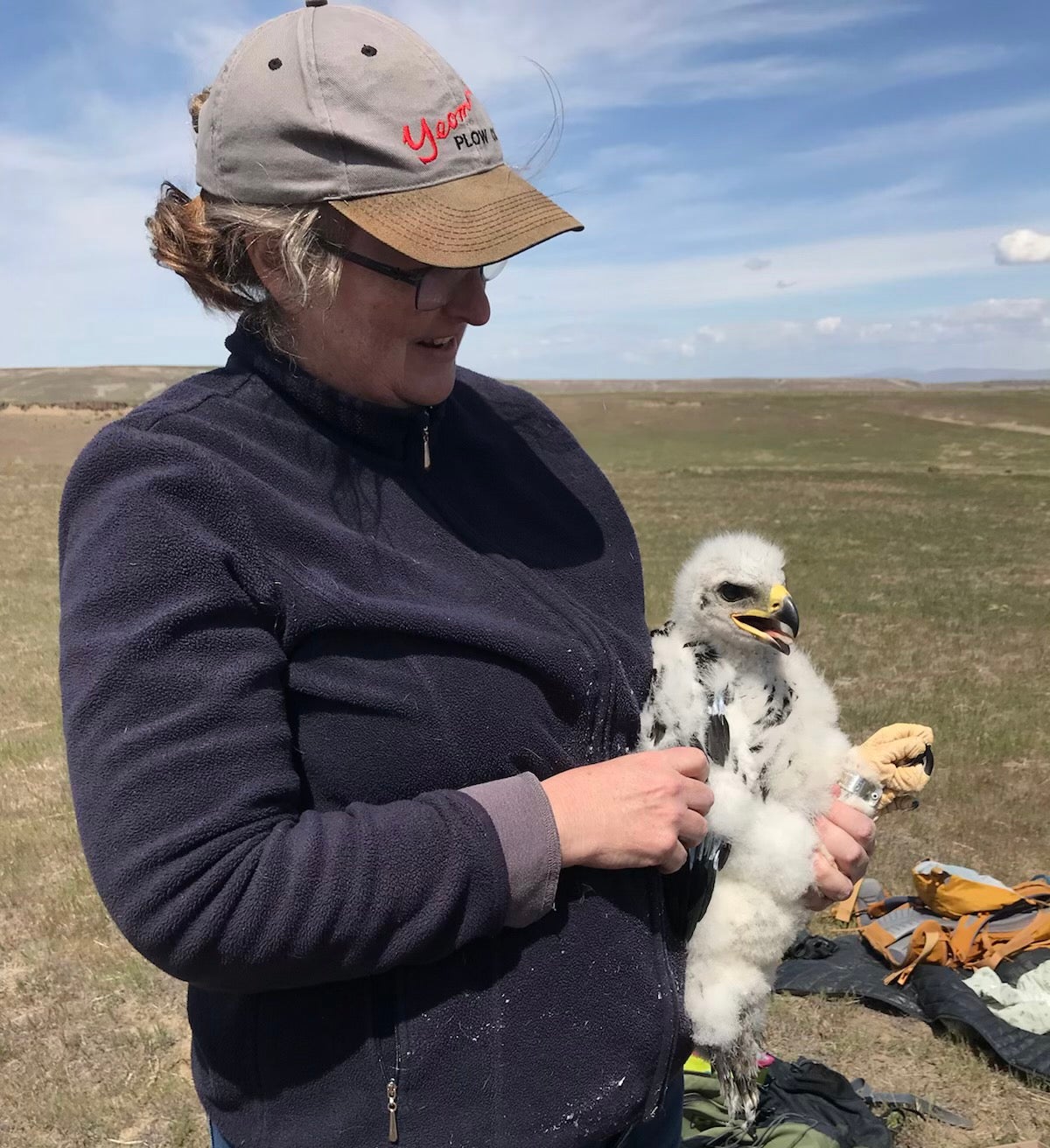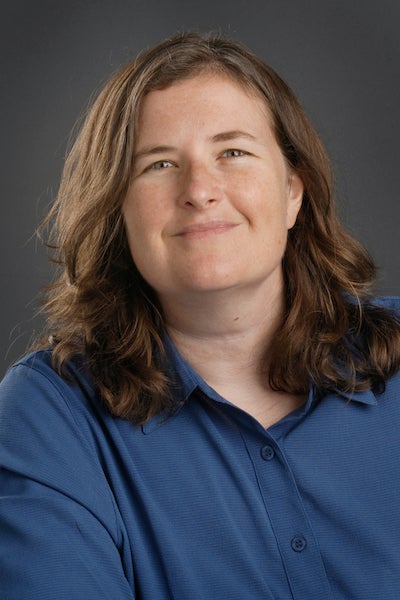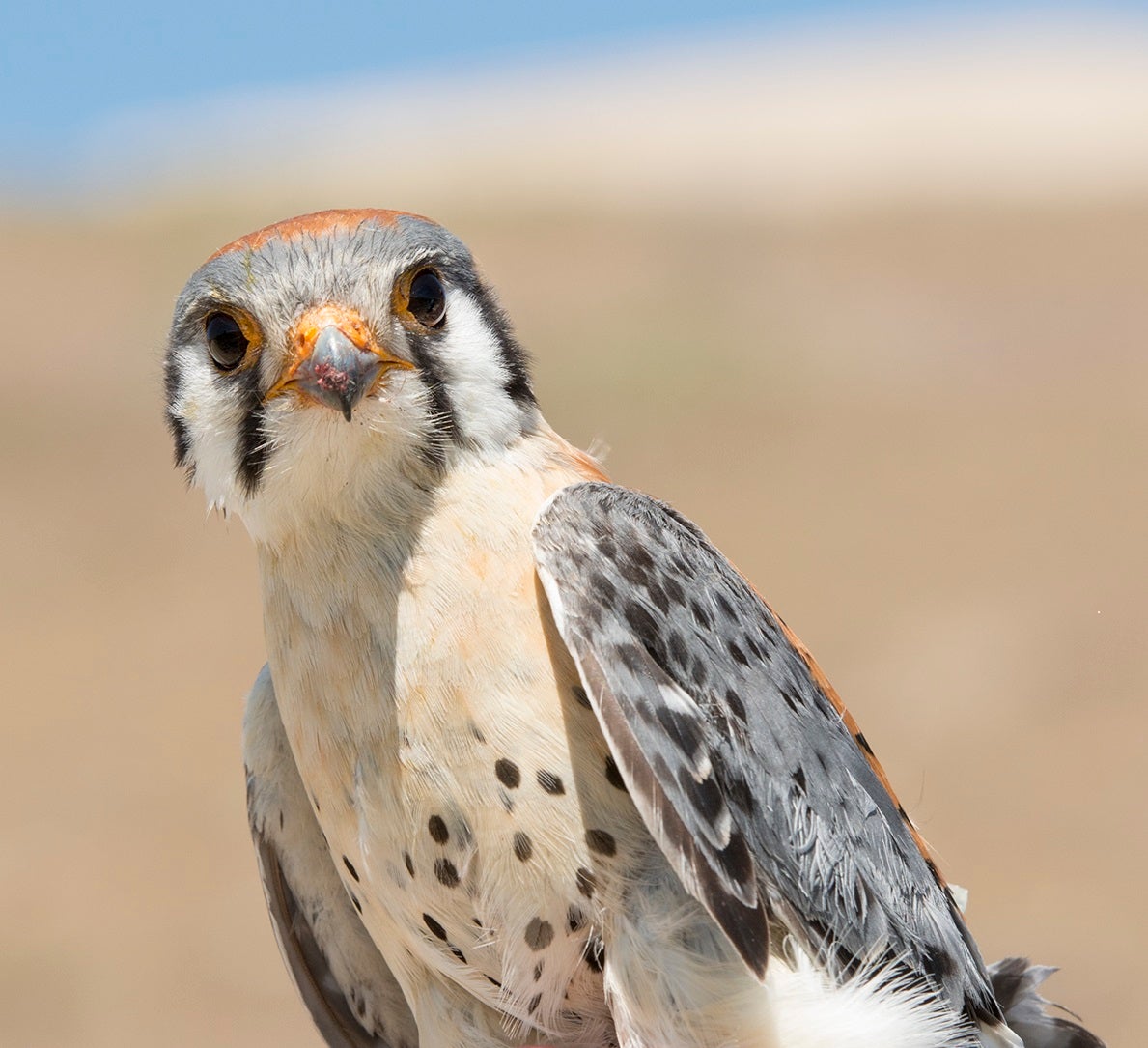
Growing up in Southern California, Julie Heath frequented the beach, mountains and desert with a growing fascination for the natural world. As a high school student, she became a volunteer at SeaWorld San Diego, helping raise penguins for exhibit. Her passion and care for birds only grew from there.
That interest solidified during her undergraduate years at the University of California, Davis, where she majored in zoology. Her professors introduced her to the California Raptor Center, a raptor rehabilitation facility, and her curiosity deepened into commitment.
She later joined the master’s program in raptor biology at Boise State University, where she collaborated with former professor Alfred Dufty, Jr. on research exploring how hormones affect bird behavior. Heath not only discovered a shared intellectual passion but also fell in love with the university’s student-centered environment.
After completing her doctoral studies at the University of Florida in wildlife ecology and conservation, she returned to Boise State, where she now serves as a professor in the Department of Biological Sciences and Director of the Raptor Research Center.

Heath investigates how birds respond to large-scale environmental change, such as climate change, human disturbance and habitat change, with the goal of informing management and conservation of natural systems.
“We want to create new knowledge, share it with other scientists and apply it for use in management of natural systems,” she said.
Her work with golden eagles illustrates how urgent and consequential that research can be. Heath and her team explore how these birds are adapting, or struggling, to survive in a changing world.
They are working to understand how climate and landscape changes have led to increased risk of diseases and parasites for eagles and how to mitigate those threats. One of the more alarming threats comes from parasitic insects that feed on eagle nestlings.
“Parasites feed on the blood of the eagle nestlings and kill them through anemia or stress. Or, the eagle nestlings jump out of the nest before they can fly and just die,” Heath explained. “We’ve been working to treat nests in the fall, when eagles aren’t using them, so the nest won’t have parasites when the eagles return the following spring. We’re seeing higher survival of eagles and that is an incredible research outcome.”
Even with these efforts threats remain. One of the eagles Heath’s team equipped with a transmitter was recently shot and killed.
“People are still shooting raptors,” Heath said. “This is one of the threats that humans bring to these incredible natural systems. That’s why identifying effective management strategies is urgent.”
This kind of work is rooted in care for wildlife, for ecosystems and for future generations. Heath is motivated by what is at stake: a world where human action continues to endanger creatures that are already adapting to a rapidly changing planet.
Her research with American kestrels also sheds light on the intricate ways birds respond to environmental pressures. Over time, Heath and her colleagues have found that kestrels are nesting significantly earlier; up to six weeks sooner than in past decades. Their findings point to a strong correlation with climate change.

This research became part of a broader statewide initiative, GEM3 (Genes by Environment: Modeling, Mechanisms, and Mapping), a National Science Foundation Established Program to Stimulate Competitive Research – known as the EPSCoR initiative. GEM3 studied how species adapt to environmental change, particularly focusing on redband trout and sagebrush. Heath’s team drew connections between the kestrels and these other species, modeling genes associated with timing of nesting.
“We identified genes that help control the circadian rhythm of birds and we put those into individual-based models to test hypotheses about what controls whether or not birds can shift the timing of when they nest,” she said. This interdisciplinary approach created valuable cross-species insights and made both projects stronger.
A large part of Heath’s success is defined by her students’ growth and accomplishments. She speaks with enthusiasm about mentoring graduate students and witnessing their development into thoughtful, dedicated scientists.
She finds joy in seeing students transform – from entering her classroom with a casual interest in science to leaving with a new vision of themselves as researchers and stewards of the natural world.
Whether mentoring students or advocating for wildlife, Heath approaches her work with a sense of responsibility and care. Her career reflects a powerful blend of scientific curiosity and emotional investment in the living world.
“Everything we do to nature has a way of coming back to us. When we chip away at biodiversity, we’re also harming ourselves,” Heath said. “It is our responsibility to conserve and value the natural world, for everyone’s benefit.”
This publication was made possible by the NSF Idaho EPSCoR Program and by the National Science Foundation under award number OIA-2242769.